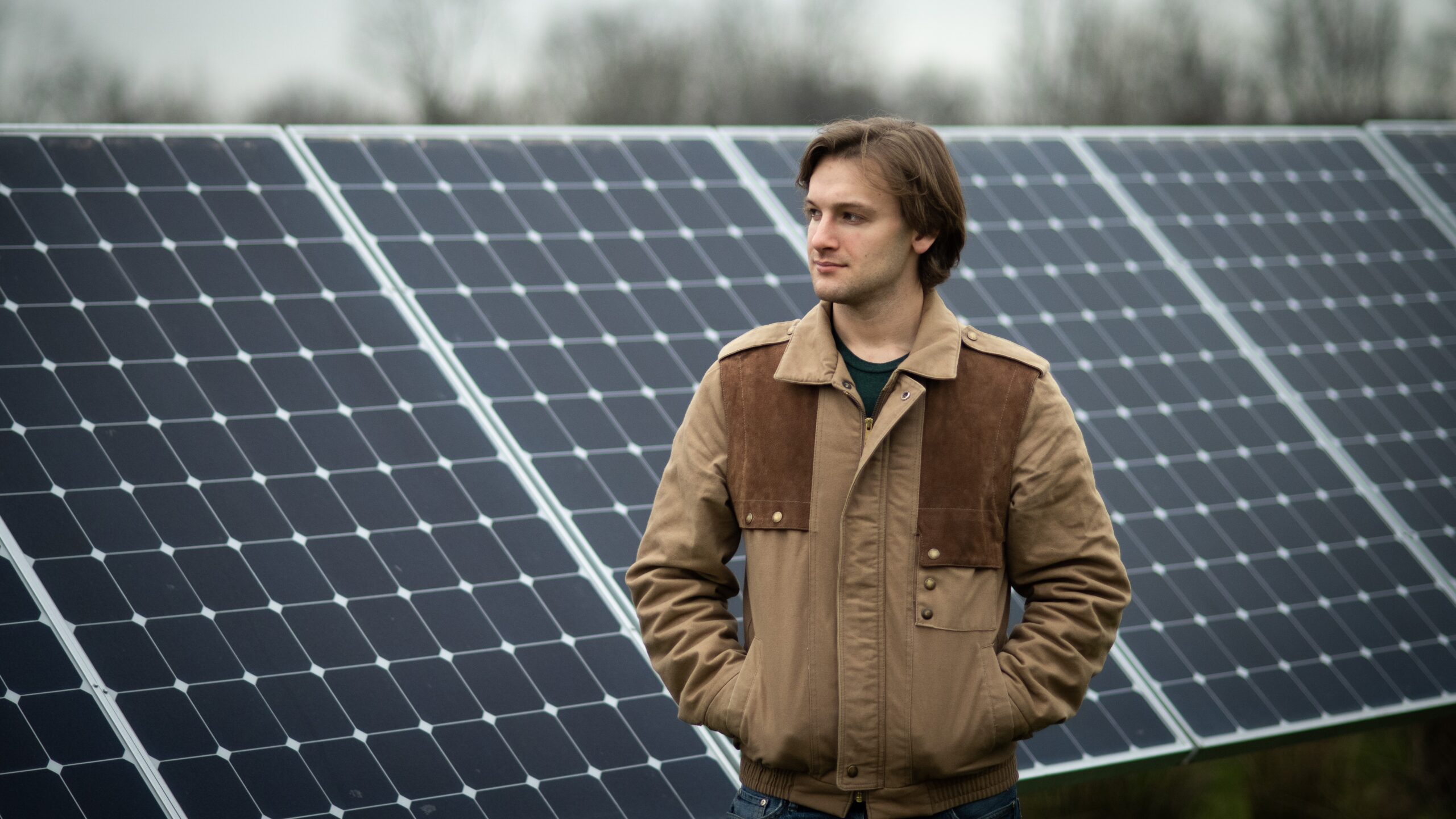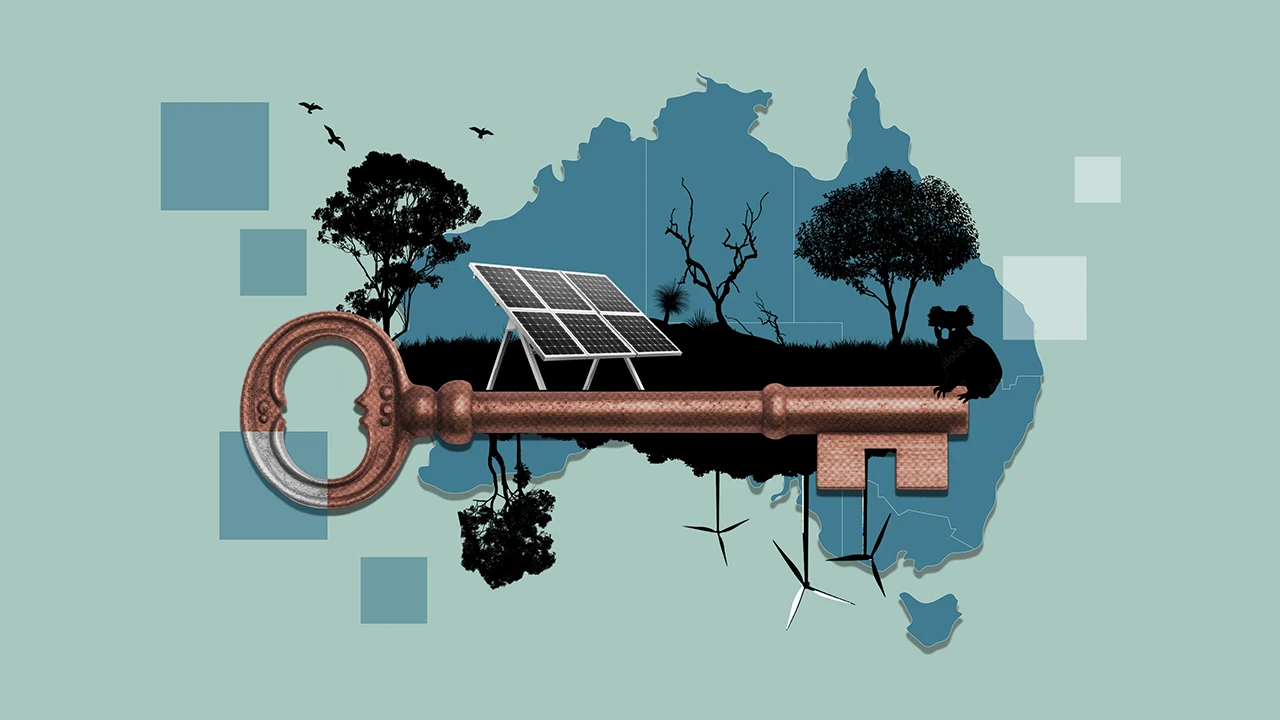The landmark piece of legislation established an unprecedented set of financial incentives for deploying low greenhouse gas emissions technologies, including ones to promote the production of low-carbon hydrogen and synthetic liquid fuels.
The Princeton team, presenting their work in Environmental Science & Technology, analyzed the impacts of the landmark legislation on six different hydrogen production pathways and nine different pathways for producing synthetic liquid fuels. They identified the clean fuel pathways that benefited most from Inflation Reduction Act subsidies, those that are likely to remain uncompetitive even with subsidies, and key uncertainties in the implementation of the tax credits that could shape the law’s success in promoting clean energy deployment. Their research was first published online Aug. 30 and was highlighted on the cover of the journal’s Oct. 17 issue.
“The incentives in the Inflation Reduction Act completely shift the economic favorability of several low-carbon technologies,” said first author Fangwei Cheng, associate research scholar at the Andlinger Center for Energy and the Environment. “Our goal was to understand which technologies stand to benefit most from the law, and whether the law’s incentives are enough to allow cleaner technologies to compete with their fossil fuel-derived equivalents.”
Here are key takeaways from the landmark piece of legislation that the researchers uncovered in their analysis:
Hydrogen
- Hydrogen production via electrolysis (green hydrogen), in which non-carbon emitting electricity sources are used to create hydrogen from water, receives substantial support from the 45V tax credit for low-carbon hydrogen production. The tax credit transforms green hydrogen from being over twice as costly as today’s conventional (carbon-intensive, or “gray”) hydrogen made from natural gas to being one-quarter as costly when claiming the full 45V credit.
- The 45Q tax credit for carbon capture and storage allows hydrogen production from natural gas that includes carbon capture (blue hydrogen) to compete with conventional gray hydrogen.
- Biomass-based pathways for hydrogen production are not sufficiently subsidized to compete with other pathways, even though they may lead to the largest reductions in carbon emissions per unit of hydrogen produced.
Synthetic liquid fuels
- The 45Z tax credit for clean fuels, beginning in 2025 and set to expire in 2027, would need to be renewed and extended for it to enable synthetic liquid fuels to be cost-competitive with petroleum-based fuels.
- The 45Z credit can be stacked with other pre-existing federal and state-level clean fuel subsidies. With a modest level of those subsidies and an extension of the 45Z credit, several clean pathways for producing synthetic liquid fuels stand to become competitive with historical jet fuel prices.
- However, historically significant fluctuations in the level of subsidy for clean fuels provided by pre-existing federal and state programs, and the currently legislated short duration of the 45Z tax credit make the future competitiveness of synthetic liquid fuels uncertain.
Potential regulatory sticking points
- While the researchers agreed the Inflation Reduction Act is poised to have a profound impact on clean energy in the United States, the degree of its success will depend in part on how the implementation rules for its tax credits are written.
- If the rules are too lax, they could enable developers to disingenuously combine multiple credits in ways that increase their subsidy revenue without corresponding environmental benefits.
- If rules are too onerous, though, developers may choose not to propose projects at all.
“The subsidies should encourage clean energy technology deployments — not generate revenues for developers without attendant environmental gains,” said Eric Larson, research leader and senior research engineer at the Andlinger Center for Energy and the Environment. “It is important to write the rules carefully. They can’t be too restrictive, but at the same time, they must be specific enough to ensure they result in meaningful advances in clean energy technology deployments.”
The paper, “Impacts of the Inflation Reduction Act on the Economics of Clean Hydrogen and Synthetic Liquid Fuels,” was published Aug. 29 in Environmental Science & Technology and was highlighted on the front cover of the journal’s Oct. 17 issue. In addition to Cheng and Larson, co-authors include Jesse Jenkins and Hongxi Luo of Princeton University. Alongside Luo’s research contributions, he also designed the artwork featured on the journal’s front cover. The work was supported through Princeton University’s Carbon Mitigation Initiative, the Andlinger Center for Energy and the Environment, and the Zero-Carbon Technology Consortium.






